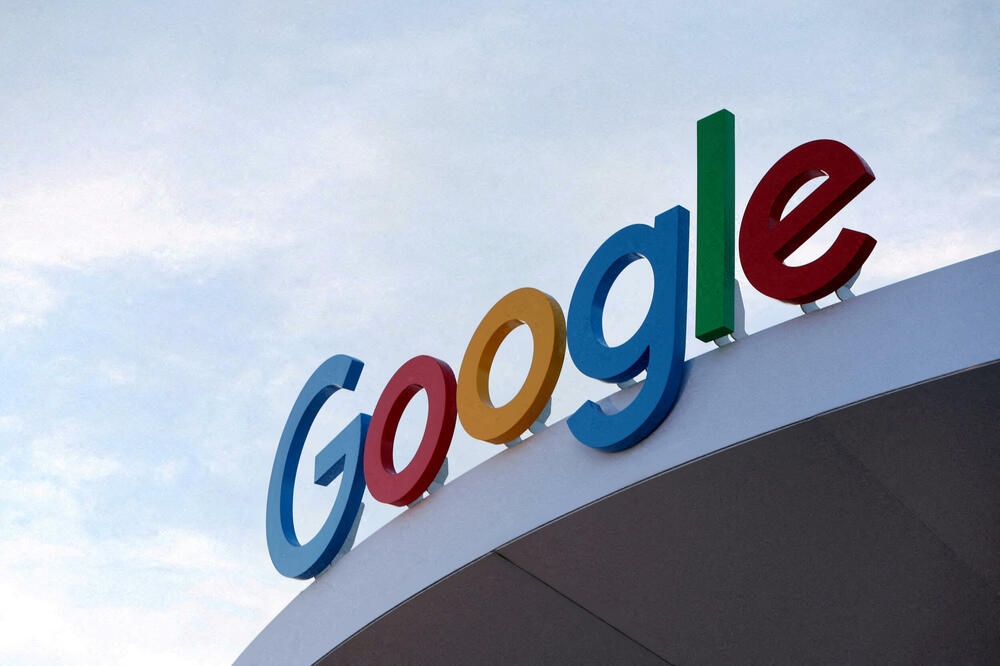Google co-founders Larry Page and Sergey Brin loved to joke so much that they published outlandish ideas every April Fool's Day shortly after they founded their company more than a quarter of a century ago. One year Google announced a "competition for a research center on the moon", and a year before that it planned to introduce a "scratch and sniff" feature on its Internet browser.
The jokes were so popular that people got used to them, and Page and Brin decided to announce something else on April Fool's Day 20 years ago that no one would have believed possible.
It was Gmail, a free service that boasted at the time one gigabyte of storage space per account, which was an absurd amount of email capacity for 13.500 emails at a time when only 30 to 60 emails could be saved on the leading services at the time webmails run by Yahoo and Microsoft. Google's amount of email storage was 250 to 500 times larger.
In addition to the "quantum leap" in storage, Gmail is also equipped with Google's search technology so that users can quickly retrieve anything from old e-mail - photos or data. It also automatically linked a series of communications on the same topic so that everything flowed together as if it were one conversation.
It was such a stunning concept that soon after the Associated Press broke the news about Gmail late on the afternoon of April 2004, XNUMX, readers began calling and emailing to tell the news outlet that it had been duped by Google's pranksters.
"That was part of the charm, creating a product that people wouldn't believe was real. It kind of changed people's perception of the kinds of applications that were even possible within a web browser," former Google engineer Paul Buchheit told AP.
It was worked on for three years - said Buchheit, who was the 23rd employee of that company, which now employs more than 180.000 people.
Gmail now has 1,8 billion active accounts – each with 15 gigabytes of free storage bundled with Google Photos and Google Drive. While that's 15 times more storage than Gmail originally offered, it's still not enough for many users who rarely see the need to delete their accounts.
The digital hoarding of emails, photos and other content is why Google, Apple and other companies are now making money by selling extra storage capacity in their data centers. Google charges from $30 per year for 200 gigabytes of storage to $XNUMX per year for five terabytes of storage.
The existence of Gmail is also why other free email and internal business email accounts offer much more storage space than was assumed 20 years ago.
Gmail "changed the game" in several other ways and became the first "building block" in the expansion of Google's Internet empire beyond its still-dominant browser.
After Gmail came "Google Maps" and "Google Docs" with word processing and spreadsheet applications. This was followed by the purchase of the YouTube video site, and then the introduction of the "Chrome" browser and the Android operating system that powers most of the world's smartphones. With Gmail's explicit intent to scan email content to better understand user interests, Google left no room for doubt that digital surveillance in pursuit of more ad sales would be part of its expanding ambitions.
Although this immediately caused an outcry, Gmail started doing this on a limited scale because Google initially had enough computing power to support a small audience of users.
"When we launched, we only had 300 machines and they were really old machines that no one else wanted," said Buchheit. "We only had enough capacity for 10.000 users, which is absurd".
But that scarcity has created an air of exclusivity around Gmail that has created feverish demand for signups. At one point, Gmail invitations were selling for $250 each on eBay. "It became 'social currency,' people were offering, 'I got a Gmail invite, do you want it?' " - said the engineer.
Although signing up for Gmail became easier as more and more massive Google Network data centers became available, the company didn't accept all email users until it "opened the floodgates" as a Valentine's Day gift in 2007.
A few weeks later, on April Fool's Day 2007, Google announced a bizarre new "feature" called "Gmail on Paper" that "offers" users to have Google print out an email archive of "94 percent organic soy users' sputum" and send the "printed" to them via the Postal Service. However, it was a joke by Google, no matter how disgusting.
Bonus video:




